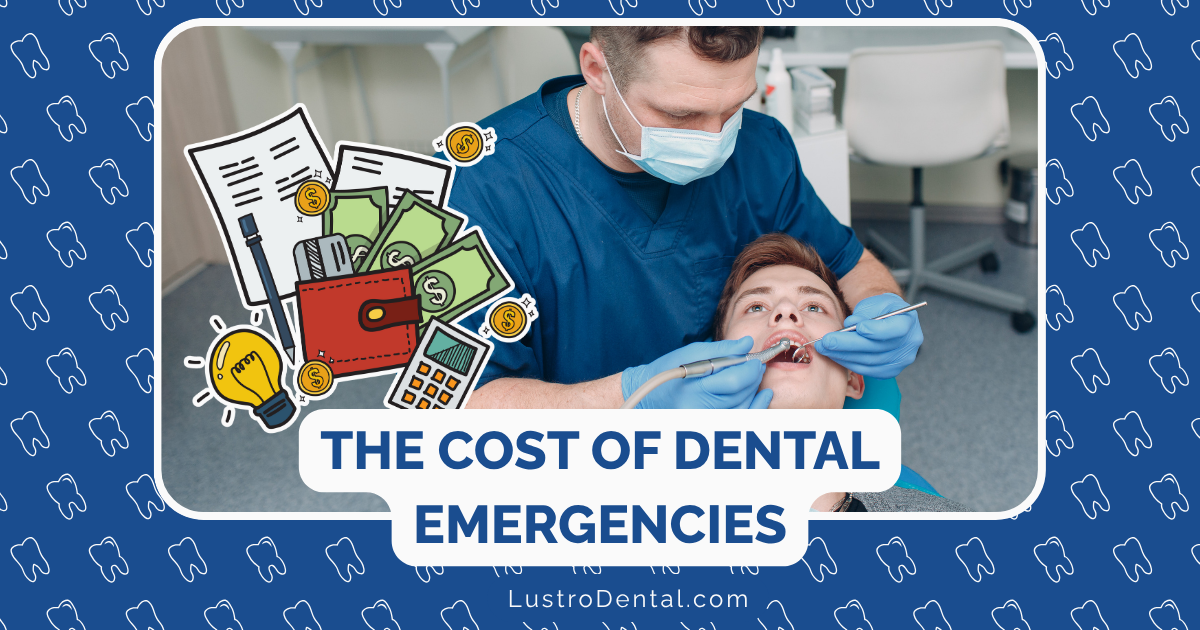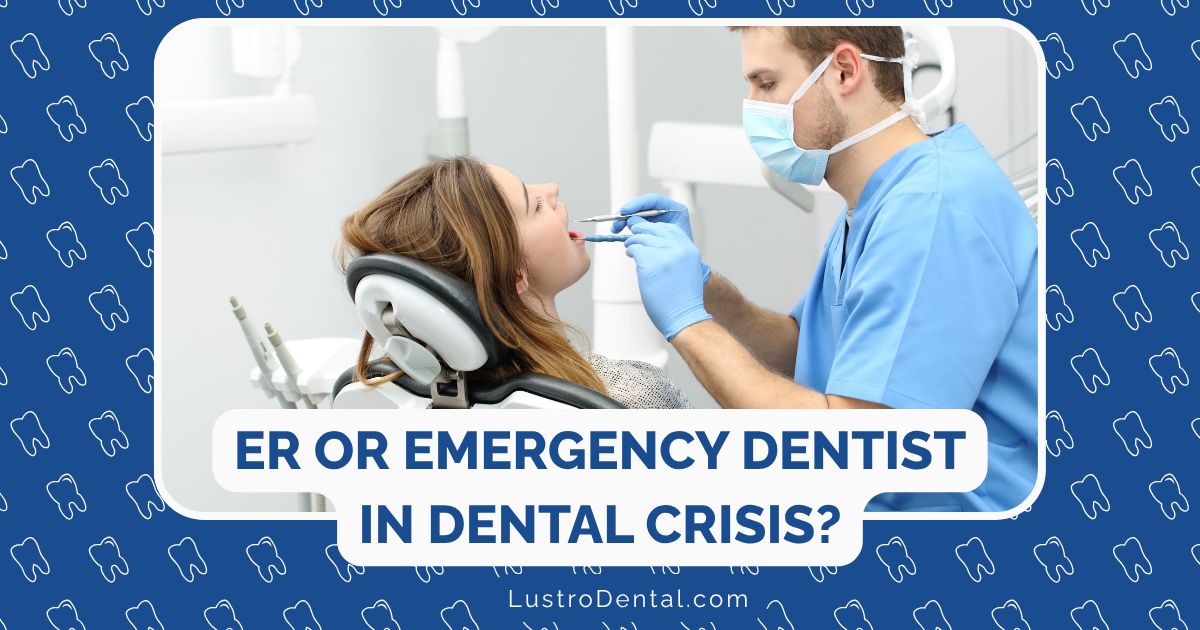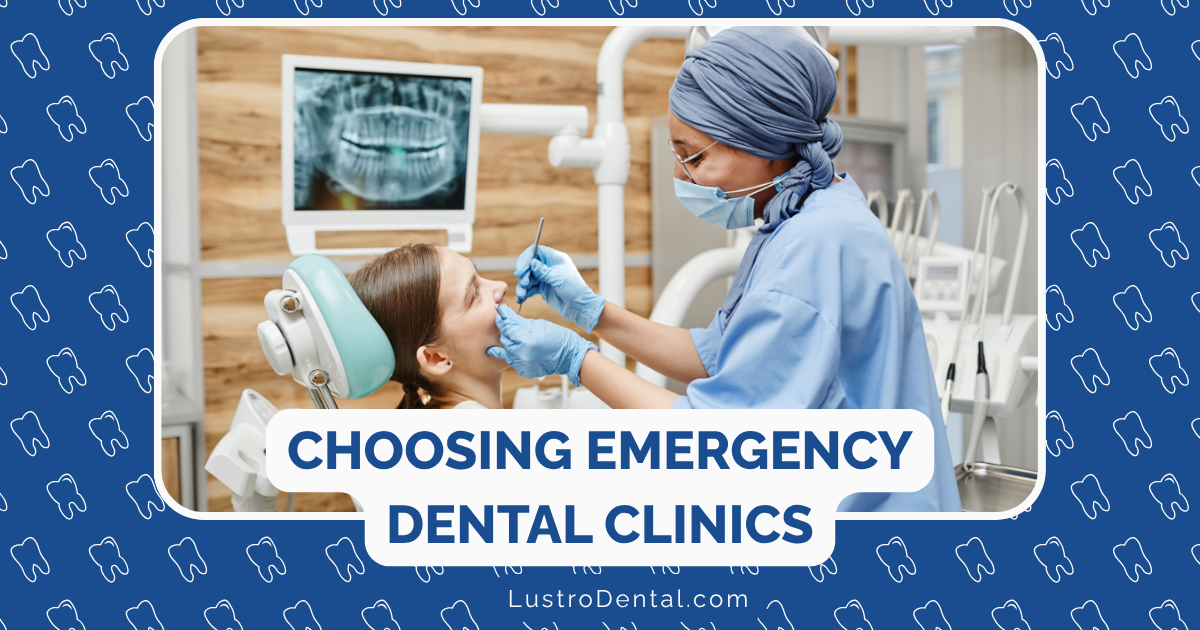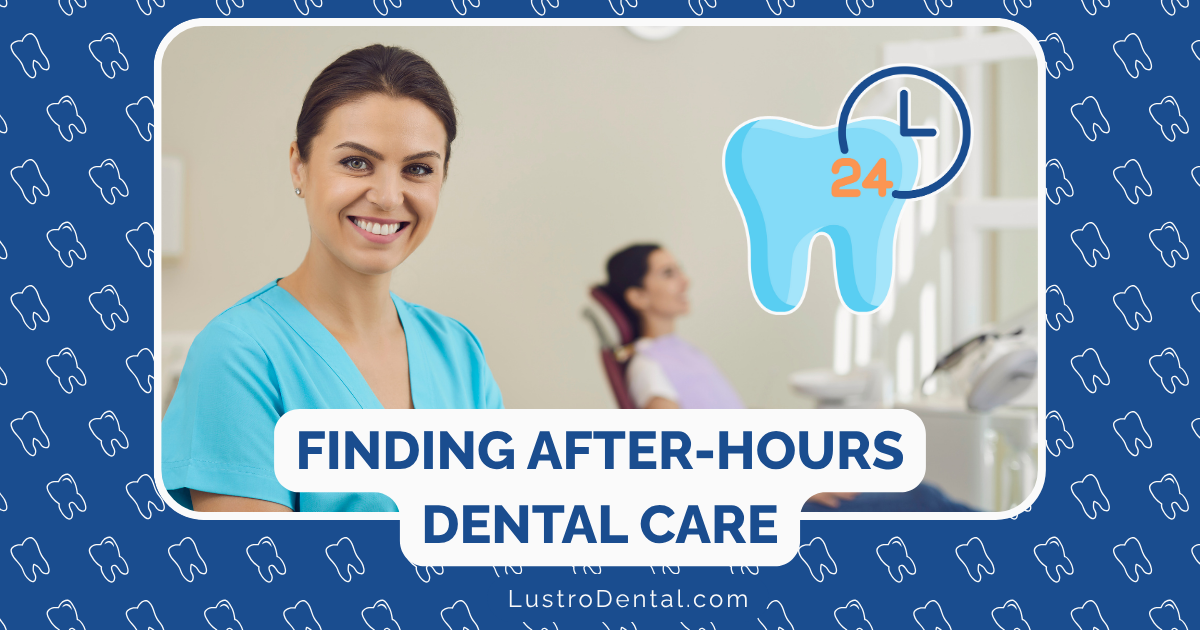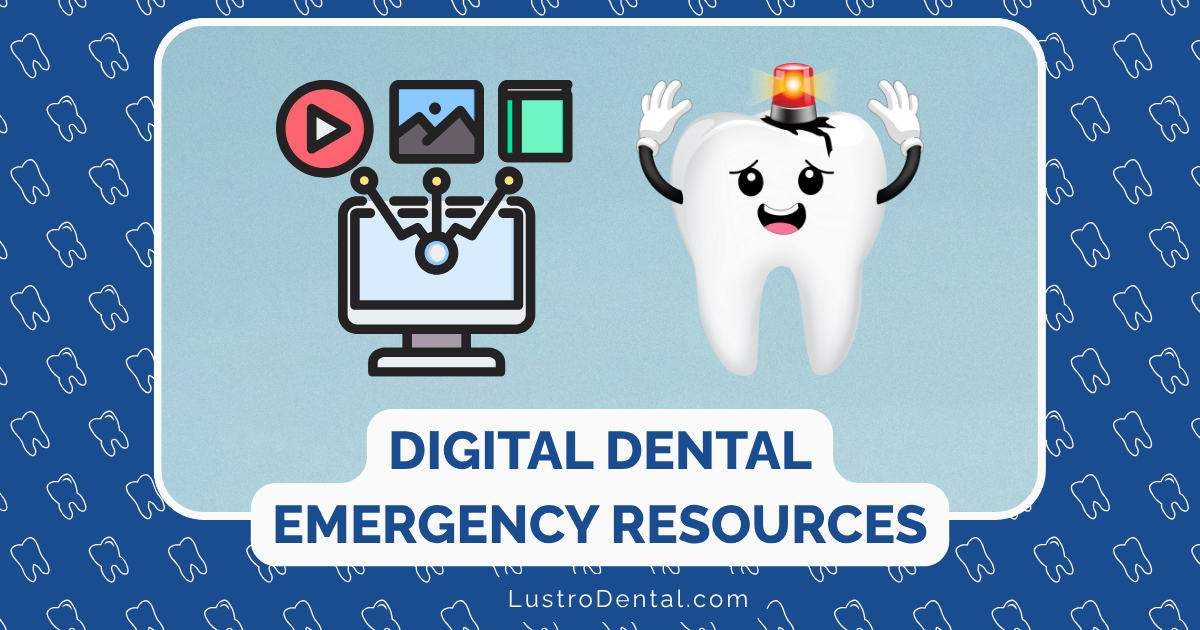Emergency Pain Relief: Safe Options Until You Can See the Dentist
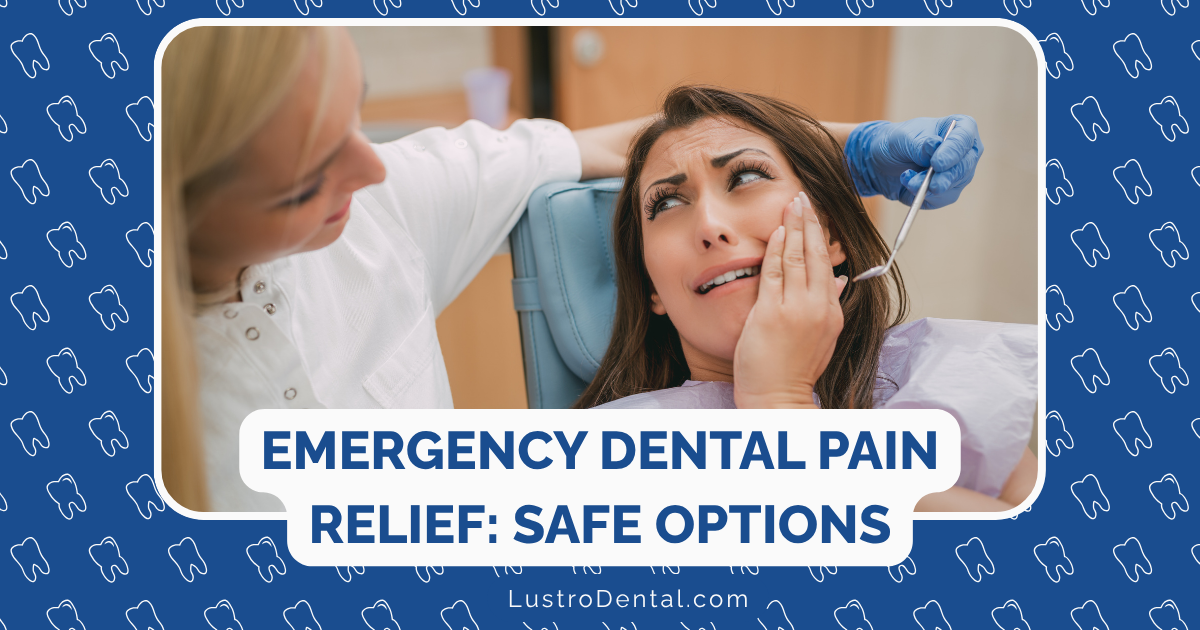
When Michael woke up at 2 AM with excruciating tooth pain, his first thought was panic. “The pain was unbearable, and I knew no dental offices would be open for hours,” he recalls. “I needed something—anything—to help me make it through the night.”
Dental pain can strike suddenly and with intensity that few other types of pain match. Whether it’s the middle of the night, a weekend, or during travel when your regular dentist isn’t available, knowing safe and effective ways to manage dental pain temporarily can be invaluable.
This comprehensive guide covers evidence-based options for emergency dental pain relief to help you manage discomfort until you can see a dental professional. Remember that these measures are temporary solutions only—proper dental treatment is essential to address the underlying cause of your pain.
Understanding Dental Pain: Why It Hurts So Much
Before diving into relief options, it helps to understand why dental pain can be so intense. Teeth have rich nerve supplies in their inner pulp chambers, and these nerves are enclosed in hard tissue with no room to swell when inflamed. Additionally, the trigeminal nerve that supplies teeth is one of the most sensitive in the body.
Dr. Sarah Chen of the American Dental Association explains: “Dental pain is unique because it involves nerves that are both highly sensitive and confined within rigid structures. When inflammation occurs, pressure builds with nowhere to go, resulting in the intense pain many patients describe as unbearable.”
Over-the-Counter Medications: First-Line Relief Options
Over-the-counter pain relievers are typically the first and most accessible option for dental pain management.
NSAIDs (Nonsteroidal Anti-Inflammatory Drugs)
Options include: Ibuprofen (Advil, Motrin), Naproxen sodium (Aleve)
How they work: NSAIDs reduce inflammation and block pain signals, making them particularly effective for dental pain, which is often inflammatory in nature.
Recommended usage:
- Ibuprofen: 400-600mg every 6 hours (not to exceed 3200mg daily)
- Naproxen sodium: 220mg every 8-12 hours (not to exceed 660mg daily)
Best for: Inflammatory pain from conditions like pulpitis (inflamed tooth pulp), pericoronitis (gum inflammation around partially erupted teeth), or periodontitis (gum disease).
Precautions: Avoid if you have kidney problems, stomach ulcers, certain heart conditions, or are taking blood thinners. Always take with food to reduce stomach irritation.
Acetaminophen (Tylenol)
How it works: Unlike NSAIDs, acetaminophen primarily blocks pain signals in the brain without reducing inflammation.
Recommended usage: 500-1000mg every 6 hours (not to exceed 3000mg daily)
Best for: Those who cannot take NSAIDs due to medical contraindications.
Precautions: Use caution if you have liver problems or consume alcohol regularly. Never exceed the recommended dosage, as acetaminophen overdose can cause serious liver damage.
Alternating or Combining Pain Relievers
Research published in the Journal of the American Dental Association suggests that alternating or combining ibuprofen and acetaminophen can provide superior pain relief for dental pain compared to either medication alone or even prescription opioids.
Recommended approach: Take 400mg ibuprofen and 500mg acetaminophen at the same time, every 6 hours as needed (not exceeding maximum daily doses of either medication).
Dr. Robert Wilson, an emergency dental specialist, notes: “This combination approach often provides better relief than prescription opioids without the risk of dependency or severe side effects. It’s become our go-to recommendation for managing severe dental pain until definitive treatment can be provided.”
Topical Analgesics: Direct Relief
Topical pain relievers applied directly to the affected area can provide quick, localized relief.
Benzocaine Products
Options include: Orajel, Anbesol, Kank-A
How they work: These products contain benzocaine (typically 10-20%), which temporarily numbs the area by blocking nerve signals.
Application: Apply a small amount directly to the affected area using a cotton swab or your finger. Reapply as directed on the package (usually every 2-4 hours).
Precautions: The FDA recommends against using benzocaine products in children under 2 years. In rare cases, benzocaine can cause methemoglobinemia, a serious condition affecting oxygen in the blood. Use sparingly and as directed.
Clove Oil (Eugenol)
How it works: Clove oil contains eugenol, a natural anesthetic and anti-inflammatory compound that has been used for dental pain for centuries.
Application:
- Dilute clove oil with a carrier oil like olive or coconut oil (1:1 ratio)
- Apply a small amount to a cotton ball
- Gently place against the affected tooth or gum area
- Reapply every 2-3 hours as needed
Precautions: Undiluted clove oil can cause irritation or burns to oral tissues. Always dilute before use and avoid swallowing.
According to research in the Journal of Dentistry, eugenol has demonstrated effectiveness comparable to benzocaine for short-term dental pain relief.
Physical Approaches: Non-Medicinal Relief
Several physical methods can help reduce dental pain without medication.
Cold Compress
How it works: Cold reduces inflammation and has a numbing effect on nerve endings.
Application:
- Wrap an ice pack or bag of frozen vegetables in a thin towel
- Apply to the outside of your face over the painful area
- Hold for 15-20 minutes
- Remove for at least 15 minutes before reapplying
- Repeat as needed
Best for: Pain accompanied by swelling, particularly after trauma or dental procedures.
Elevation
How it works: Elevating your head reduces blood pressure to the affected area, which can decrease pain and swelling.
Application: When resting or sleeping, keep your head elevated with extra pillows.
Best for: Throbbing pain that worsens when lying down.
Home Remedies: Natural Approaches with Evidence
Several home remedies have scientific evidence supporting their use for temporary dental pain relief.
Salt Water Rinse
How it works: Salt water acts as a natural disinfectant, reduces inflammation, and can help remove debris from around a painful tooth.
Preparation and use:
- Dissolve 1/2 teaspoon of salt in 8 ounces of warm (not hot) water
- Gently rinse your mouth for 30 seconds
- Spit out (do not swallow)
- Repeat every 2-3 hours
Research support: A study in the International Journal of Dental Hygiene found that salt water rinses can reduce bacterial counts and inflammatory markers in the mouth.
Peppermint Tea Bags
How it works: Peppermint contains menthol, which has numbing and anti-inflammatory properties.
Application:
- Steep a peppermint tea bag in hot water for 3-5 minutes
- Remove and allow to cool slightly (should be warm, not hot)
- Apply the warm, damp tea bag directly to the affected area
- Hold in place for 15-20 minutes
Research support: Research in the European Journal of Dentistry has shown that menthol has analgesic effects on oral tissues.
Hydrogen Peroxide Rinse
How it works: Hydrogen peroxide kills bacteria and helps reduce inflammation in the gums.
Preparation and use:
- Mix equal parts 3% hydrogen peroxide and water
- Gently rinse your mouth for 30 seconds
- Spit out completely (do not swallow)
- Rinse with plain water afterward
- Use no more than 3-4 times daily for no longer than 7 days
Precautions: Never use undiluted hydrogen peroxide, as it can irritate or burn oral tissues. Do not swallow the solution.
Garlic
How it works: Garlic contains allicin, which has natural antibacterial properties and may help fight infection contributing to tooth pain.
Application:
- Crush a fresh garlic clove to create a paste
- Apply a small amount directly to the affected area
- Leave for a few minutes (note: may cause a burning sensation)
- Rinse with warm salt water
Research support: Studies published in the Journal of Medicinal Food have confirmed garlic’s antimicrobial properties against oral bacteria.
When Home Remedies Aren’t Enough: Recognizing Dental Emergencies
While temporary pain relief measures can help manage symptoms, certain situations require immediate professional attention. Seek emergency dental care if you experience:
Signs of Infection
- Facial swelling
- Fever
- Severe, throbbing pain that radiates to your ear, jaw, or neck
- Swollen, painful gums with discharge
- Foul taste or smell in your mouth
Dr. Lisa Rodriguez, an emergency dental specialist, warns: “Dental infections can spread quickly to surrounding tissues and, in rare cases, can become life-threatening. Never ignore signs of infection, as they require professional treatment, often including antibiotics and drainage.”
Trauma
- Knocked-out tooth (requires immediate attention for possible reimplantation)
- Loose tooth after injury
- Fractured or broken tooth with severe pain
- Soft tissue injuries with significant bleeding
Uncontrollable Pain
- Pain not responding to maximum doses of over-the-counter pain relievers
- Pain preventing eating, drinking, or sleeping
- Pain accompanied by difficulty swallowing or breathing
Finding Emergency Dental Care
When you need professional care outside regular office hours:
- Call your regular dentist first: Many dental practices have emergency numbers or after-hours protocols.
- Emergency dental clinics: Many cities have dedicated emergency dental facilities with extended hours.
- Hospital emergency departments: While they typically cannot provide definitive dental treatment, they can help manage severe pain, infection, or trauma until a dentist is available.
- Dental schools: Some dental schools offer emergency services at reduced rates.
- Teledentistry: Virtual consultations may help determine the urgency of your situation and provide guidance on pain management.
Michael’s Story: Managing Through the Night
Returning to Michael’s middle-of-the-night toothache, he found relief through a combination approach:
“I took ibuprofen and acetaminophen together as my dentist had previously recommended, applied a cold compress to my face, and rinsed with warm salt water,” he shares. “It didn’t eliminate the pain completely, but it made it manageable enough that I could get some rest until morning. First thing the next day, I called my dentist and got an emergency appointment.”
Michael’s dentist diagnosed an abscess requiring root canal treatment. “The dentist told me my pain management approach was exactly right for the situation. The temporary measures helped me through the night without making the condition worse, but getting proper treatment was essential to address the infection.”
Prevention: The Best Pain Relief Strategy
While knowing how to manage dental emergencies is important, preventing them is even better:
- Regular dental check-ups: Many dental emergencies develop from untreated conditions that could have been addressed during routine care.
- Good oral hygiene: Brushing twice daily, flossing daily, and using antimicrobial mouthwash can prevent many conditions that lead to dental pain.
- Prompt attention to minor issues: Don’t ignore small problems like mild sensitivity or minor chips, as they can develop into painful emergencies.
- Protective equipment: Wear a mouthguard during sports or if you grind your teeth at night.
- Healthy diet: Limit sugary foods and beverages that contribute to tooth decay.
Creating a Dental Emergency Kit
Being prepared can make a significant difference when dental pain strikes. Consider assembling a dental emergency kit containing:
- Over-the-counter pain relievers (ibuprofen and acetaminophen)
- Oral anesthetic gel (like Orajel)
- Small container of salt (for salt water rinses)
- Cotton balls and swabs
- Small dental mirror (available at pharmacies)
- Temporary filling material (available over-the-counter)
- Clove oil (properly diluted)
- Cold pack (instant or freezable)
- Gauze pads (for bleeding control)
- Your dentist’s emergency contact information
Conclusion: Balancing Relief and Responsibility
Dental pain can be debilitating, and knowing how to manage it temporarily is valuable knowledge for everyone. The safe, evidence-based approaches outlined in this guide can help you find relief until professional care is available.
Remember that these measures are temporary solutions only. They address symptoms, not underlying causes, and should never replace proper dental treatment. Always follow up with a dental professional as soon as possible to address the root cause of your pain and prevent complications.
As Dr. Wilson emphasizes: “The goal of emergency pain relief is to help you function comfortably until you can receive appropriate dental care. Used properly, these approaches can make a significant difference in your comfort without compromising your long-term dental health.”
Have you experienced a dental emergency? What pain relief methods worked best for you? Share your experience in the comments below.


